Ronald Charles Hirst Gazzana
Private 1124 “C” Company
8th Battalion Canadian infantry. (Manitoba Regiment)
Division 35
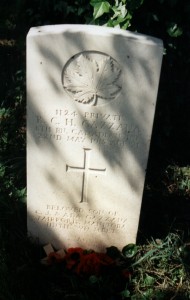 |
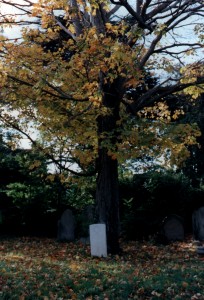 |
Ronald Charles Hirst Gazzana has a CWGC war pattern headstone upon which is carved the emblem of Canada the maple leaf. Behind the headstone is a graceful Maple tree, a simple but fitting memorial probably planted shortly after his funeral. The grave number is 16111. His parents names are carved into the stone, he was the son of Charles Joseph and Ada Briffet Gazzana. Their home was “Ronaldhirst Farm”. Fairford, Manitoba.
Private Gazzana died as a result of gas poisoning received on 24th April 1915. This was during the week that the Germans first used poisoned gas. The Canadians were at a place called St. Julien in Belgium.
A report of his military funeral was published in the Reading Standard, 29th May 1915.
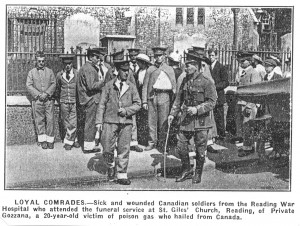 |
“A military funeral is always impressive, but that at St. Giles Church, Reading on Wednesday afternoon particularly so. Pte. Gazzana, aged 20 of the Canadian Contingent, had come to the aid of the motherland in the time of her stress and trial and had died a hero’s death fighting for the cause of freedom.
“He was a victim of the foul weapon of gas, with which he was struck down near Ypres at the end of April. He was conveyed to Reading War Hospital and thence to the Royal Berkshire Hospital. At first he appeared to be making rapid strides towards recovery, but he had a relapse and on Monday passed to his rest.
Sixteen wounded Canadians from the Reading War Hospital, and all were sufficiently well to attend, were present to pay their last tribute of respect to Pte. Gazzana. Two of them were in his contingent. They were conveyed to the Church in Red Cross cars. Men of the 35th Division Signal Company, Royal Engineers, from Wantage Hall, under Lieut. E. Churchill, provided the escort, bearers and a firing party, and the drum and fife band of the “King Alfred” Training Brigade played the Royal Salute on entering the cemetery gates.
The service was conducted by the vicar, the Rev. F.J.C. Gillmor, and the Rev. H.A. Smith-Masters, and as the coffin, enveloped in a Union Jack and covered with beautiful flowers, was borne away on a cable carriage large crowds gathered in the streets and showed signs of sympathy. After three volleys had been fired at the graveside, the “Last Post” was sounded and Pte. Gazzana was “left alone in his glory”.
Among those present were the Mayor Mr Leonard Sutton, Major (Dr) G. Stewart Abram, Sir Percy Sanderson, KCMG (President of Caversham and Reading Veterans Association Mr Cyril Tubbs (transport officer), Mr. J.R. Cook, Lieut. Beaumont etc.
Pte. Gazzana’s home was at Great Missenden, Bucks, his father holds a commission in the Royal Engineers.”
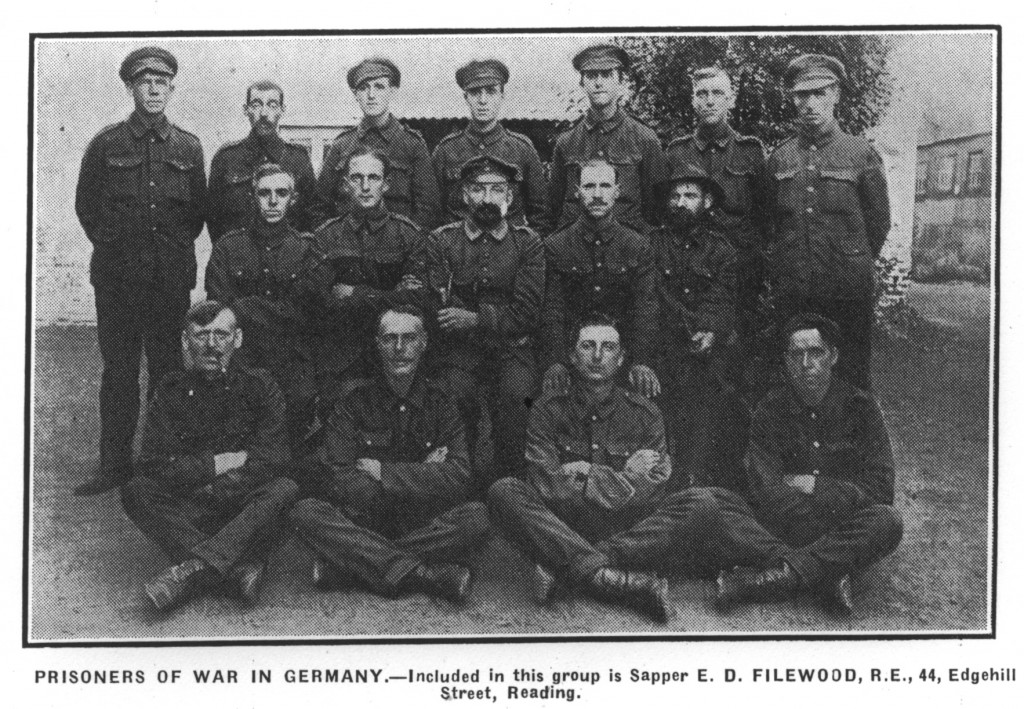
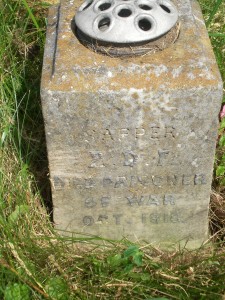
![350px-HMS_E20[1]](http://cemeteryjunctionwargraves.org.uk/wp-content/uploads/2013/12/350px-HMS_E201.jpg)
